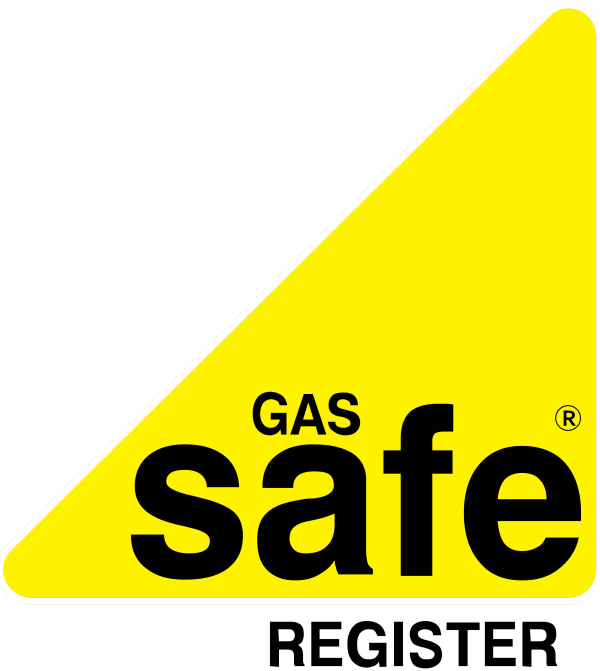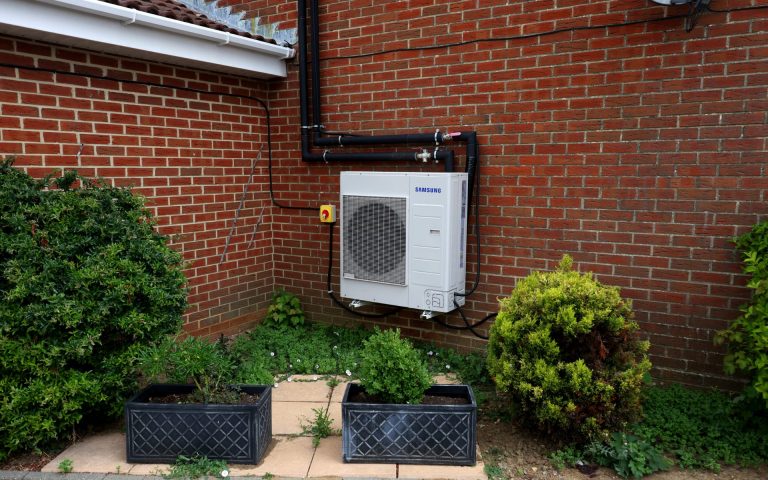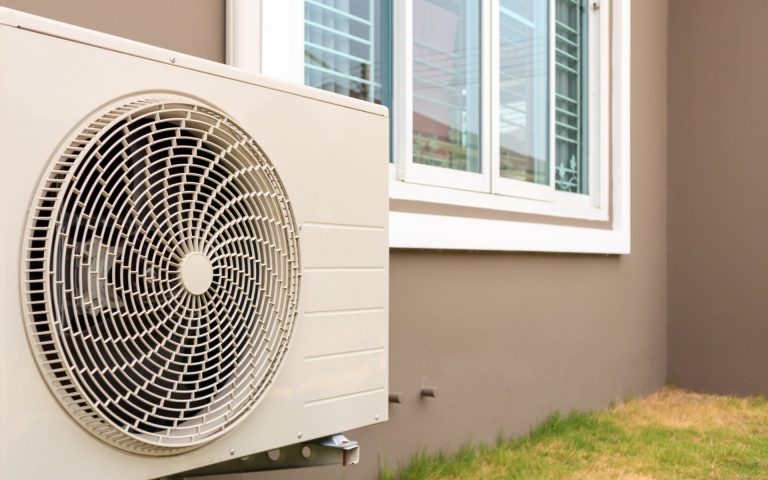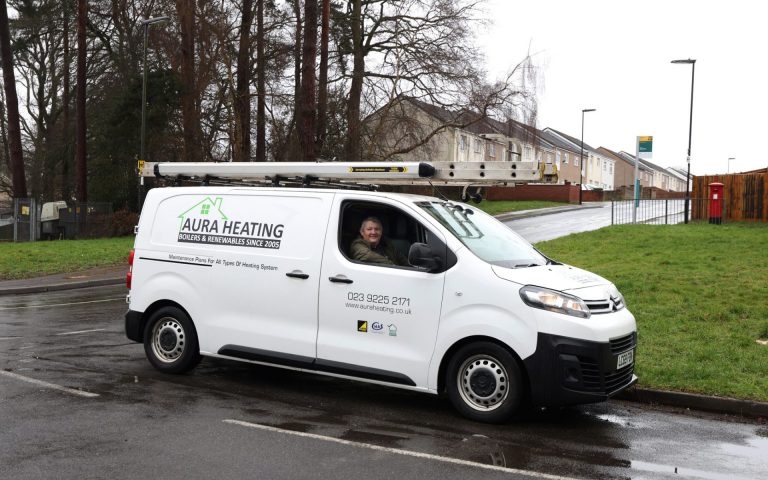If you turn on your tap and no water is coming out or if your radiators are not heating you might have an airlock, but what is an airlock?
To clarify, because of course, air is lighter than water – it can often get trapped in the water network pipes. Any bends or twists present to the pipe may result in an airlock. An airlock is exactly as the name’s sake, trapped air in the systems.
If you have the time, patience and confidence to do this yourself, there are a couple of “DIY” methods you could even try yourself before arranging a fix, repair or call out.
Method One – the hose pipe method.
This method involves effectively blasting the airlock out in three easy, simple steps!
Step 1 – Attach a length of hosepipe to the affected tap
Step 2 – Connect the other end to a direct feed tap (that of course, does work in most cases this is typically the cold water tap in a kitchen or an outside tap)
Step 3 – Turn the broken and working taps on.
This pressure should force the air back out of the locked tap. Note, you may have to leave these on for a few minutes before it will work or keep repeating the process.
Make sure once you are finished and when you are undoing this, you take the hose off the highest tap first. Otherwise, the immediate danger is soaking yourself and your surroundings! Secondly, if you remove the hose from the lowest tap first, you risk creating a vacuum that creates another air-lock!
Method Two – Drain your house!
If the hose pipe method hasn’t quite done the trick, there is another option, you must drain your entire plumbing pipes system.
Step 1 – Turn off the mains water supply
Step 2 – Systematically turn on all taps within the property (start on the top floor and work your way down) until you reach the lowest tap and the water ceases to flow.
Step 3 – Flush the toilets until they stop filling up and are drained
Step 4 – Shut the taps off, almost all the way, ensuring only a very small amount of water will be able to get through them
Step 5 – Turn the water supply back on
Step 6 – Gradually turn all taps first, halfway on and then, fully on.
If there is an airlock within the central heating system affecting some or all of the radiators throughout the property/premises, its time to bleed the radiators.
How to bleed your radiators
Step 1 – Turn on all the radiators to the maximum temperature, wait a while and then turn off the central heating completely. Allow sufficient time for the radiators to cool again.
Step 2 – Starting with the radiator closest to the boiler, turn the radiator off and open its bleed valve, ensuring to put a tray underneath or something to catch the water, let the air escape then close the valve.

If none of these methods are effective or do not sufficiently resolve the issue, our qualified, knowledgeable and experienced engineers will be more than happy to step in and provide help! We even have a 24-hour emergency call-out service available! We have lots more handy tips, advice and guides available on our blog too.
[div class=”book_appointment_button”]
[end-div]






